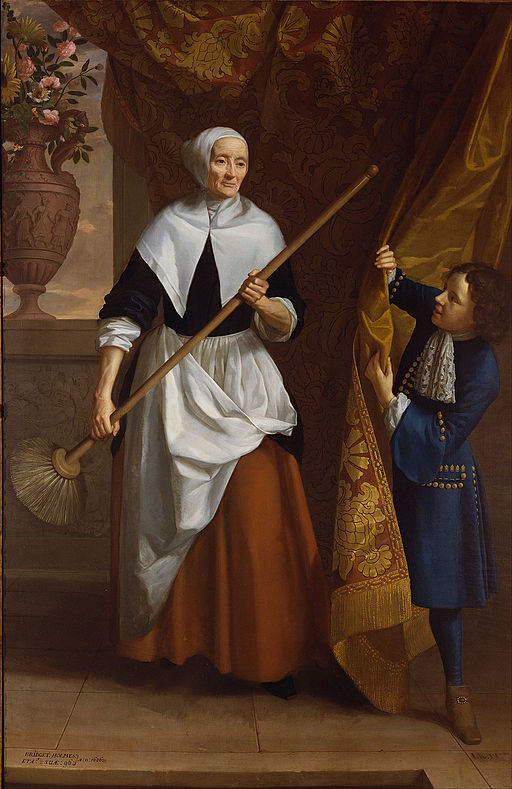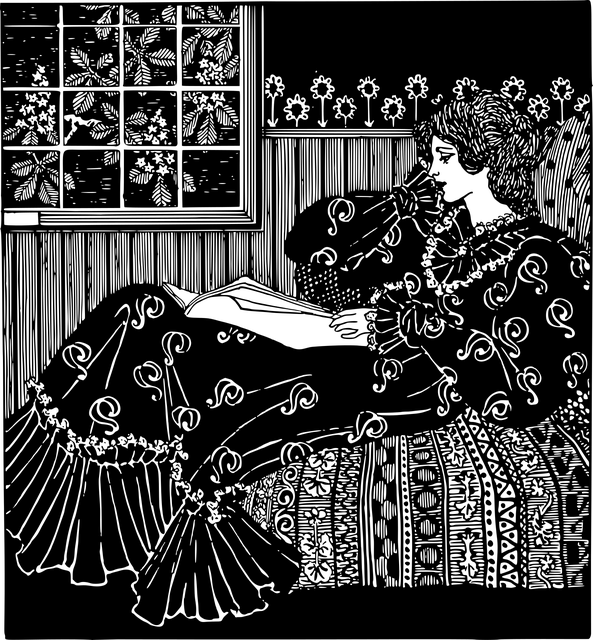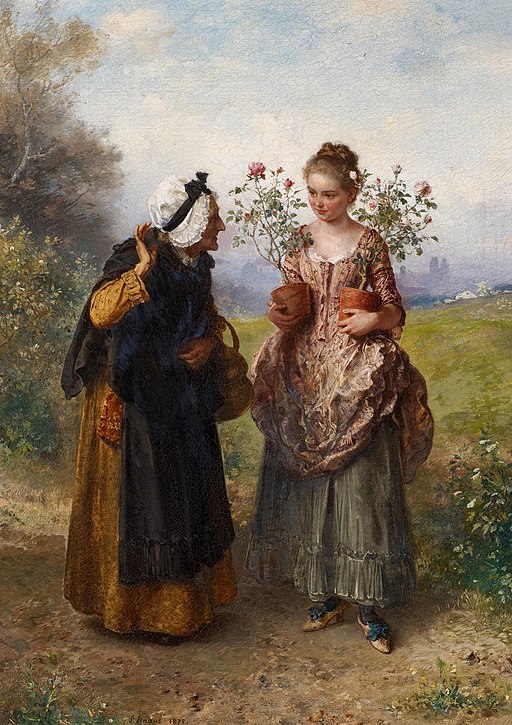It was Agatha Christie who first introduced me to the gardening catalogue. Being Agatha Christie, she naturally made it a harbinger of sudden and mysterious death (you’ll have to read The Thirteen Problems to find out how).
Of course, gardening catalogues were nothing new in 1932, when the book came out. The first ever was, according to Wikipedia, produced by an Englishman in 1667, back when Charles II was ruling Britain, Louis “l’etat c’est moi” XIV ruling France, and the Mughal emperor Aurangzeb (son of Mumtaz Mahal, as in Taj Mahal) ruling the Indian subcontinent.
Mind you, the same page also depicts an image from a hand-painted tulip catalogue of 1630, so I suspect it may have been the Dutch who started it, earlier than the aforementioned Englishman William Lucas (as by 1667 they were too busy sailing up the River Medway to capture Charles II’s flagship the Royal Charles).
Other sources confirm this suspicion, naming as the first gardening catalogue Florilegium Amplissimum et Selectissimum, produced by one Emmanual Sweerts, who was Dutch but apparently preferred to publish in Latin, presumably to draw in an international elite audience. That was back in 1612, when England was still burning people at the stake for heresy and Neptune was observed for the first time (by Galileo, who mistook it for a star – a mistake which took 234 years to correct).
But whoever invented the gardening catalogue, other countries were quick to grapple it to their souls with hoops of steel. The genus proliferated just about faster than the plants they advertised. Even New Zealand, aka the Ends of the Earth, had its own garden catalogue while Queen Victoria yet lived and reigned.
But for all that, it was well into the twenty-first century before the gardening catalogue finally made it out of the sizeable filing cabinet marked Things Deborah Knows About In Theory (which contains, incidentally, a fat file marked Words Deborah Uses But Does Not Know How to Pronounce as She’s Never Heard Them Spoken).
I ordered a number of seeds from Kings Seeds back in June, having done some researches on their website, and was duly delighted when the packets arrived in the post. I was possibly even more delighted and excited when they were followed by the Kings Seeds Catalogue for 2020/21 – a proper A4 glossy magazine of a thing with brightly coloured pictures and mysterious sigils such as HHA and OP and 1:2:3.
Generally speaking, I endeavour to avoid advertisements. I screen out ads in the local paper, and eschew websites which object to my use of adblockers. I don’t click on the ads at the top of search results, even if they’re exactly what I’m looking for. (Don’t call us, we’ll call you.) And while it would doubtless be a service to the community to keep door-to-door sellers of items at inflated prices lingering fruitlessly at my door as long as possible, I can’t do it. I get rid of them as expeditiously as I can without actually taking to them with a broom.
So you can imagine my attitude upon opening this many-paged cultural artifact which I knew perfectly well existed for the sole purpose of persuading me to buy things. Do you think you can tempt me with dark red flowers that smell of chocolate? Tomatoes that ripen purple with red bottoms, or yellow with red stripes? Grassy herbs that impart the flavour of olives to whatever you add them to?
Well, yes. Yes, you can. Hold on a minute while I add them to the list. Of course, I’m not necessarily going to buy all the things I have put on my list of seeds of interest – I haven’t taken complete leave of my senses – but it is quite likely that I shall buy some of them, at least. (The chocolate cosmos is a perennial…)
At least I have Dolly Bantry to reassure me that such reactions are normal. Or, if seeking a less fictional representative of catalogue-loving gardenerhood, there’s always Barbara Kingsolver, who wrote in Animal, Vegetable, Miracle, “I have seen women looking at jewelry ads with a misty eye and one hand resting on the heart, and I only know what they’re feeling because that’s how I read the seed catalogs in January.”
The thing about reading a gardening catalogue is that it’s not just the anticipation of horticultural (and culinary) delights to come that makes the experience an enjoyable one. If the final result was the be-all and end-all of the process, the catalogue would be merely a means to an end, from which one would obtain the requisite information as quickly and unemotionally as one does with the phone book.
There’s something else to it. The reading of the gardening catalogue is a relaxation – indeed, a recreation – all of its own, and by no means a weak one. “I fell into seed and nursery catalogs, discovering a new addiction I have never recovered from,” Marge Piercy wrote in her memoir Sleeping with Cats. “Indeed, I feel quite virtuous when, reading a catalog with 150 old-fashioned and species roses in it, I order only fourteen.”
What a good thing for my garden budget that Kings Seeds limit themselves to selling seeds, rather than the full spectrum of plant forms available to the gardener. I doubt I could resist a rose or two or three. Or four.
As winter draws toward its end, however, my focus will turn from dreams to doing, from planning to preparing garden beds for planting. Because while next year’s seeds are a pleasant thing to contemplate, they won’t fill my home with scent and my plate with food nearly so soon as this year’s seeds will.






The purpose of a catalogue is to let the peruser fall into the “what would I like out of here” trap, turning a theoretical choice into a real one, involving real money.
Hmmm, be strong! – or is it too late?
Don’t worry, I have no intention of going overboard!
The obvious vegetables aside, I prefer to buy perennials – or at least vigorously self-seeding annuals – so I can put my little garden budget to use on something new the next year.